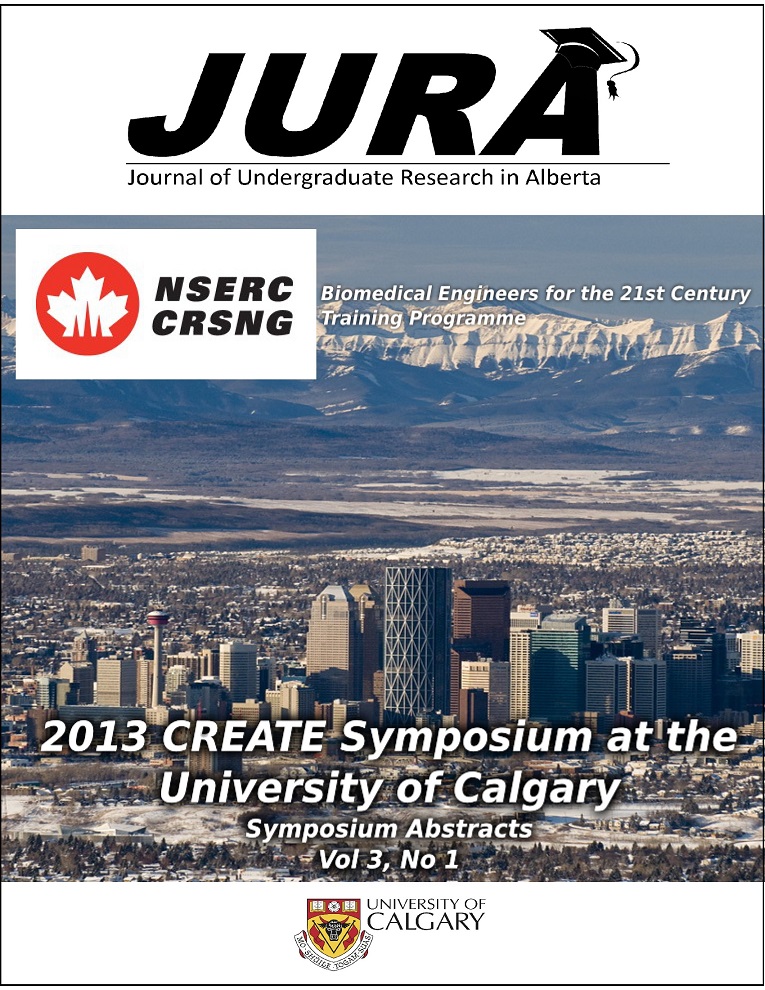Multi-modality CT imaging of human bone for improved validation of subject-specific finite element analysis
Keywords:
bone, mechanics, image processing, HR-pQCTAbstract
INTRODUCTION
Finite element analysis (FE) is a promising alternative to dual-energy x-ray absorptiometry for improved prediction of fracture risk as FE can incorporate bone density, geometry, and microarchitecture [1]. However, the accuracy of FE models is heavily influenced by the spatial resolution of the CT scan [2]. In this study we quantify the architectural differences in trabecular bone between different modalities, specifically high-resolution peripheral quantitative computed tomography (HR-pQCT) and micro-computed tomography (μCT), and measure their effect on the resulting FE models.
METHODS
Two cadaveric, human distal tibiae were imaged using HR-pQCT (XtremeCT, Scanco Medical, Switzerland), with a voxel size of 82μm. After imaging, four cubes, 10mm edge length, were cut and scanned using μCT (μCT-35, Scanco Medical, Switzerland.), with a voxel size of 20μm. During a sensitivity analysis, the μCT image data was segmented using a threshold based technique and resampled to voxel sizes of 40μm, 60μm, and 80μm to assess the effect of voxel size on the FE results. The FE results were statistical compared with a one-way repeated measures ANOVA and a Tukey’s post-hoc test.
Based on the known location of each cube recorded during the cutting process, the μCT data was manually aligned to the larger HR-pQCT image, where mutual information registration was applied for accurate alignment. Virtual cubes were extracted from the registered HR-pQCT data. All cube image data was rescaled to preserve the bone volume/total volume ratio. Subsequently, all image data was converted to hexahedron elements for FE analysis and subjected to 1% uniaxial compression (FAIM v6.0, Numerics88) in the x-, y-, and z-directions. The resulting FE data was compared with a two-way ANOVA, with Bonferroni multiple comparisons test.
RESULTS
The sensitivity analysis found no statistically significant differences in reaction force between any cubes with different resolutions when compressed in the z-direction. The mean percent error, when compared to the 20μm cube, for the 40μm, 60μm, and 80μm cubes was 0.06%, 0.45%, and 0.76%, respectively. In the y-direction, there were significant differences between the 20μm and the 80μm (p < 0.01; 62.51% error). When loaded in the x-direction, there were significant differences between the 20μm FE cube and the 60μm and 80μm FE cubes (p<0.05; respective mean percent errors of 121.27% and 182.83%). With increasing voxel size, the reaction force was overestimated. As shown in figure 1, the registration between μCT and HR-pQCT was successful. However, there were statistically significant differences found between the μCT versus HR-pQCT FE data in the y- and x-direction (p<0.01; 23.95% and 21.04% error, respectively) but none were found for the z-direction (p>0.05, 0.14% error.)
Figure 1. Registered distal tibia (HR-pQCT - red) to the μCT acquired cubes (yellow). The registered image appears green in overlap.
DISCUSSION AND CONCLUSIONS
It was shown there is little difference in the FE results loaded in the z-direction upon rescaling μCT data (mean percent errors less than 0.8%). However, there are large changes in the non-axial (i.e. x and y) directions. It is recommended that μCT data be rescaled up to 40μm. In addition, it was shown that μCT data could be successfully registered to HR-pQCT (see figure 1). For a given resolution, μCT data is only comparable to HR-pQCT data in the z-direction. In conclusion, HR-pQCT may not be an ideal substitute for μCT micro-architectural data. This study improves our understanding on the use of HR-pQCT imaging for quantification of bone micro-architecture.
Downloads
References
Bevill G & Keaveny TM. Bone. 44:579–84, 2009.
Downloads
Additional Files
Published
Issue
Section
License
Authors retain all rights to their research work. Articles may be submitted to and accepted in other journals subsequent to publishing in JURA. Our only condition is that articles cannot be used in another undergraduate journal. Authors must be aware, however, that professional journals may refuse articles submitted or accepted elsewhere—JURA included.


